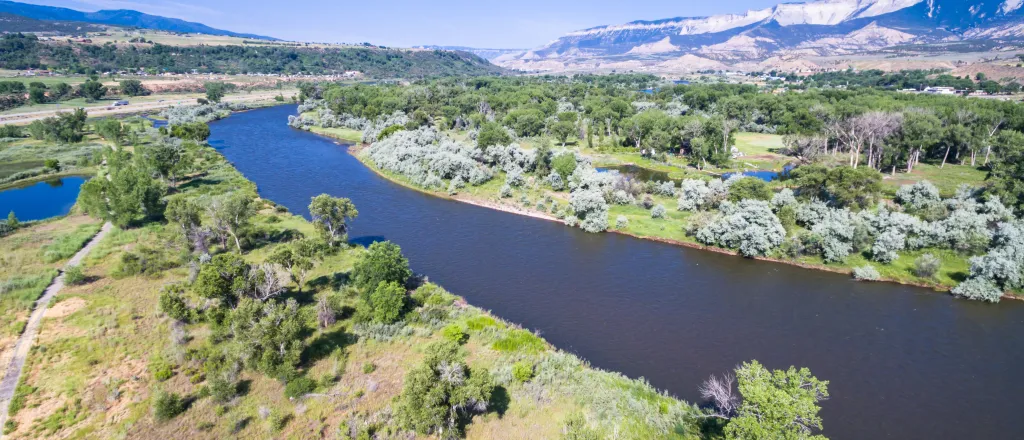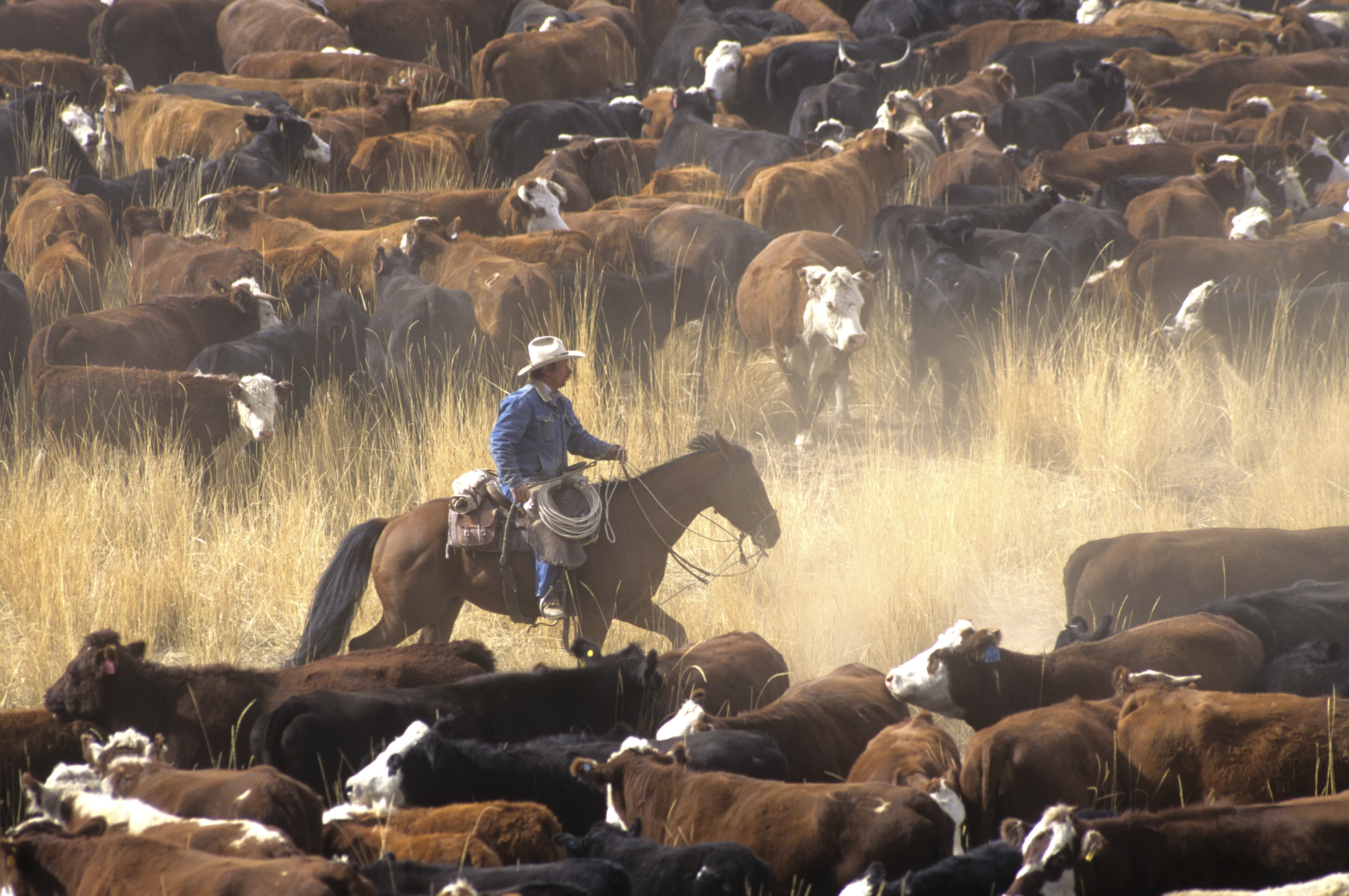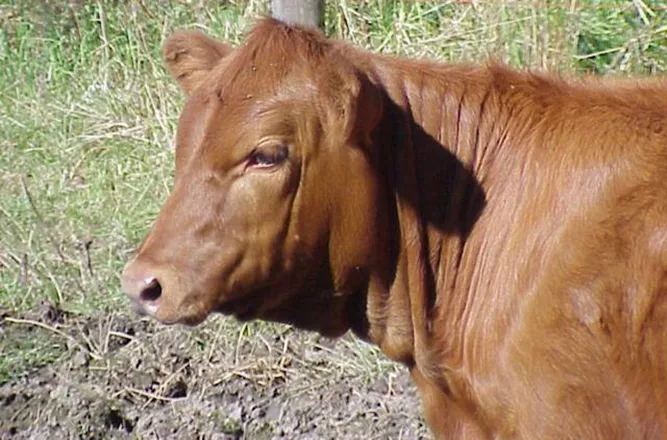
Colorado River officials to expand troubled water conservation program in 2024
(Colorado Newsline) Colorado River officials plan to expand a conservation program next year that pays farmers and ranchers to use less water. But questions remain about some of the proposed ideas and the program’s overall efficacy.
The state initially launched the System Conservation Pilot Program in 2015 as a part of a multistate effort to conserve water from the Colorado River, which provides water for millions of residents throughout seven states as well as Mexico. The effort was designed to see if conservation efforts could stabilize the water levels in critical reservoirs along the river, like Lake Powell.
While there have been some challenges, the project is set to expand in 2024, Colorado Water Conservation Board Director Lauren Ris said during the National Community Reinvestment Coalition’s Just Economy conference in Denver on Sept. 27.
Some of the changes the CWCB is planning to implement include making it easier for farmers and ranchers to apply for the federally-funded program, creating a transparent pricing mechanism, and encouraging participants to recommend new technology solutions.
These new efforts could help preserve water resources for about 40 million people across multiple states in the Southwest as they face population increases and the need to build more housing. And Colorado is in a unique position to drive that change because of its status as a headwater state, Ris said.
“We really rely on water from mother nature. We don’t have the ability to draw water from somewhere else,” she added.
An unparalleled challenge
When the conservation pilot program began in 2015, concerns about the Colorado River’s declining water levels, largely due to human-caused climate change, were already well established. More than a decade of declining snowfall in the Rocky Mountains created record low water levels in Lake Powell and Lake Mead, which are two of the nation’s largest reservoirs. They also provide water and hydroelectric power to millions of Americans.
To address the issue, Colorado spent about $8.5 million to conserve 47,200 acre-feet of water between 2015 and 2018, according to data shared about the pilot program during the CWCB’s board meeting on Sept. 21. That’s roughly $180 per acre-foot. One acre-foot can support up to two households for a year.
But then the program went dark until 2022 when water levels in the Colorado River reached historic lows. The federal government initially asked several Western states including Colorado to reduce their water consumption by up to 4 million acre-feet per year before deciding to allow the states to work out their own agreement.
By June 2022, the four so-called Upper Basin states — Colorado, New Mexico, Utah and Wyoming—had put together a five-point water conservation plan. The first point of the plan was to restart the SCPP.
In December, the federal government reauthorized the program and allocated up to $125 million from the Inflation Reduction Act for the Upper Basin states to spend on water conservation efforts between 2023 and 2026.
As of this month, the SCPP has supported 64 projects across the Upper Basin states and conserved about 38,000 acre-feet of water, Amy Ostidek, the water conservation board’s interstate, federal, and water section chief, said during the Sept. 21 meeting. Twenty-two of those projects were in Colorado and they conserved a total of roughly 2,500 acre-feet of water.
Conserving the future
But the program’s re-launch wasn’t as smooth as many had hoped, Ostidek lamented.
“Getting things kicked-off in December just wasn’t tenable for water users trying to make decisions about their operations,” Ostidek said. “And, frankly, that put all of us in a crunch to do things very quickly, and maybe not as well as they could have been done if we had more time.”
To address these issues, the SCPP will open applications for the 2024 program starting in October. Ris said this will help provide some “operational certainty” for water users.
Another aspect that will be revised is the pricing mechanism. This year’s SCPP is paying ranchers and farmers about $150 per acre-foot of water saved, which was based on the median payments allocated under the pilot program, The Colorado Sun reported. However, ranchers and farmers have been getting paid nearly $394 per acre-foot on average.
The program is also looking to incorporate more technology to address data and efficiency gaps in the system. Some target areas include creating drought-resilience tools and implementing conservation strategies that address the needs of rural communities along the lower Colorado River Basin, like in northern Arizona.
“At the end of the day, the people who are most impacted by these decisions are often the most vulnerable members of our communities and the most underserved,” Central Arizona Water Conservation Board member Ylenia Aguilar said.
Colorado Newsline is part of States Newsroom, a network of news bureaus supported by grants and a coalition of donors as a 501c(3) public charity. Colorado Newsline maintains editorial independence. Contact Editor Quentin Young for questions: info@coloradonewsline.com. Follow Colorado Newsline on Facebook and Twitter.
















